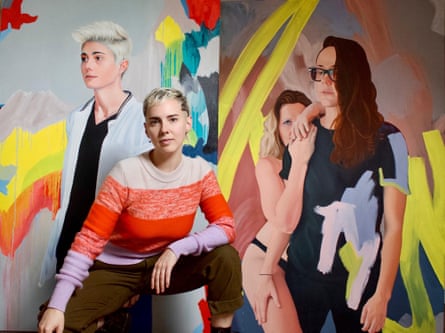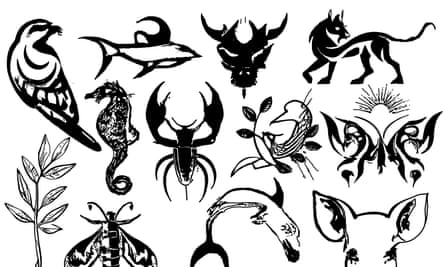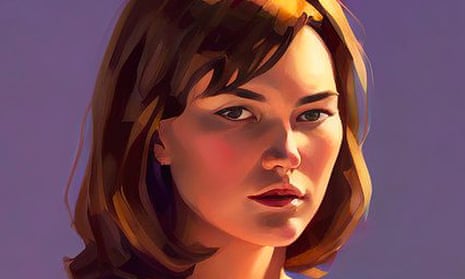Australian artists say Lensa, the app that uses artificial intelligence to generate self-portraits, is stealing their content and are calling for stricter copyright laws that keep up with AI-generated art.
But the parent company behind the app has defended its use of images, saying Lensa learns to create portraits just as a human would – by learning different artistic styles.
Over the past month, the AI image generator has trended on TikTok and Instagram, with users paying to turn photos of themselves into stylised art portraits.
To do this, the app uses Stable Diffusion – a text-to-image app that is trained to learn patterns through an online database of images, called LAION-5B.
LAION-5B sources billions of images from across the web, and artists say it’s taking their work without their permission.
Kim Leutwyler, a Sydney-based artist and Archibald finalist, said the app was replicating distinct styles.
“When I started seeing all of these Lensa app-generated portraits posted by some of my friends, even some other artists, I was instantly sceptical,” Leutwyler said. “Some of the work is distinctly recognisable to other artists’ work.”
“They are calling it a new original work but some artists are having their exact style replicated exactly in brush strokes, colour, composition – techniques that take years and years to refine.”
Leutwyler used the website haveibeentrained.com to search for her own work in the 5.8bn images used to train popular AI art models and found many of her portraits in the database.

“I saw almost every portrait I have ever painted,” she said. “Every painting I have shared on the internet.
“It’s frustrating and it feels like a violation. We’ve not been compensated, we’ve not been credited.”
Leutwyler said copyright laws have not kept pace with the speed technology is moving when it comes to AI art. “In some you can even see the remnants of the artist’s signature in the bottom left corner,” Leutwyler said.
In a statement, the company said the AI learns how to generate art in a “semi-similar” way to humans. “Neural Networks learn to recognise specific patterns and connections between the images along with their text descriptions,” the spokesperson said.
“This way, the AI develops a mental model, the general operational ‘how-to’ principles, that can be broadly applied in the process of content generation.”
Once the training is finished, AI does not refer to the original images but applies what it has learned about the styles to the new image, they said.
after newsletter promotion
“In a similar way to a human being is capable of learning and self-training some elementary art principles by observing art, exploring imagery online and learning about artists and ultimately attempting to create something based on these aggregated skills,” the spokesperson said.
“Hence, one cannot loosely apply such terms as ‘forgery’, ‘art theft’ or ‘illegal’ use to this process.”
The spokesperson denied the app was replicating artists’ creative signatures, saying the app has learned to “memorise the detail” to make it look more like a real painting.
“The blurred silhouettes of visual elements [that one may perceive as signatures] you see in the outputs do not utilise any existing language; often, they don’t feature any letters,” they said. “They do not represent the remains of existing artists’ signatures either.”
But some artists are embracing the new technology and using it to create work.
A Melbourne tattooist, Alina Carr, uses the image generator Dall-e, a text-to-image program to create designs she says are “cooked”.

“I’ve been using the image regeneration program to come up with designs for me,” Carr said. “You put in an avid description and it comes up with the image. It does a really bad job – a lot of them are really spooky.”
Releasing the tattoo sheet on Sunday, the artist said the allure was that the images were often poor quality, or have a sinister edge.
“I’m basically letting computers do the work for me, trying to find ways to make art about and with these bizarre technological advancements,” Carr said. “I’m guessing at this stage other people like me [will get them as tattoos], people who find this cooked and funny.”
